Rittal Switch Disconnectors
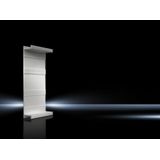
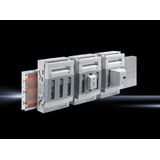
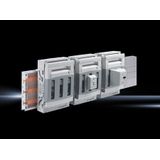
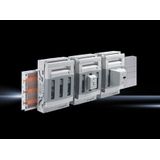
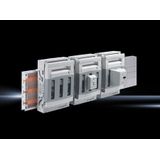
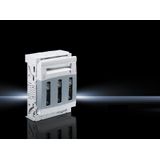
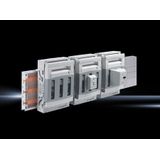



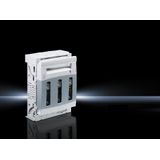

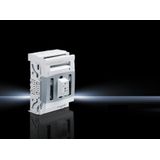
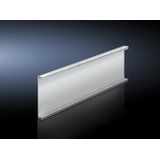


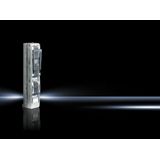
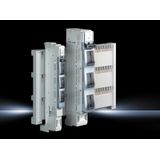
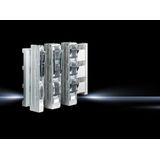
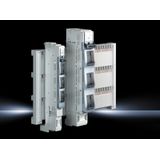
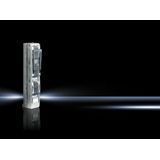
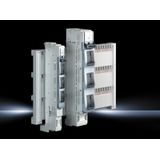

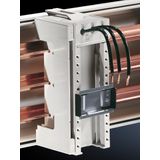
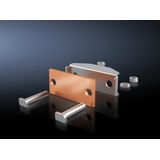
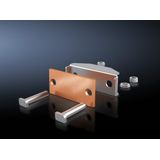
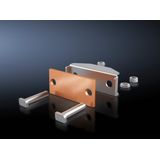
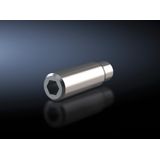
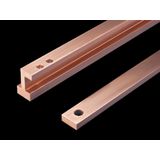

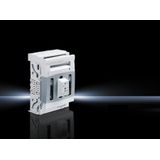
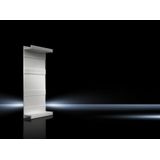
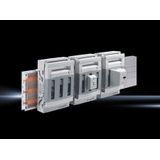
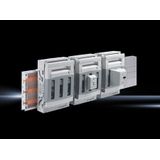


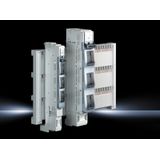

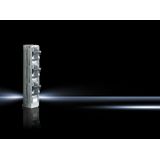
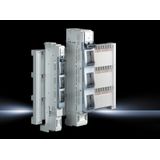

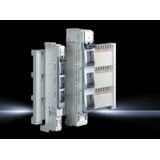
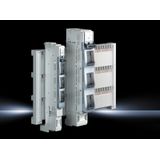
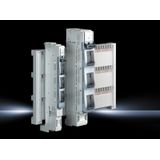

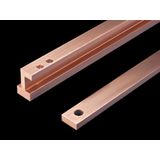

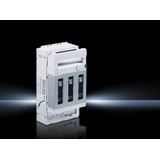
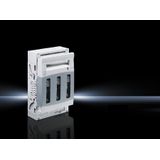
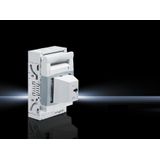
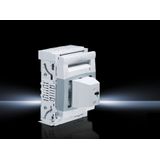
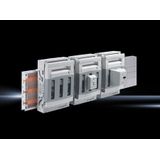
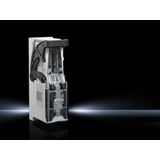
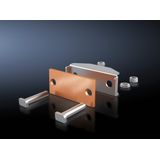


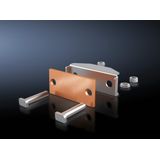

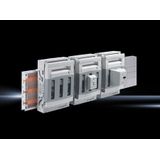
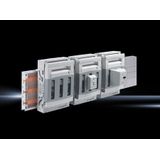
-
-
1
- 2
-
rittal switch disconnectors for safe isolation in cabinets
On shop floors and in plant rooms, isolation needs to be obvious, lockable, and quick to mount. Rittal units provide visible OFF, padlockable red/yellow handles, and door‑coupling hardware that keeps technicians safe during service while preserving the enclosure’s IP/IK targets.
rittal isolator switches product range and formats
Door‑coupled main isolators — handles mount on the door, the switching body on the backplate; adjustable shafts fit door depths. Padlock points accept 1–3 locks for LOTO. Defeat‑mechanism variants allow authorized opening in OFF with a tool.
Base‑mount bodies with front/side handles — compact footprints for narrow doors and small cabinets; 3‑pole and 4‑pole versions with switched neutral where policy requires. Extension shafts and through‑door kits match VX25/TS 8/KX/AX/AE geometries.
Interlocked switch‑socket assemblies — mechanical interlock prevents insert/withdraw under load; popular for motors and portable gear.
Accessories — auxiliary contacts (early‑break/late‑make), terminal shrouds, phase barriers, and door‑sealing kits to restore IP after handle mounting.
rittal load break switches technical specifications and standards
- Standards & duty: designed to IEC/EN 60947‑3 with utilization categories AC‑23A (motor/heater mixed loads) and AC‑21A (resistive). Conditional short‑circuit ratings defined with upstream fuses/MCBs.
- Ratings: typical current ladders 16…125 A for compact units and up to 250…630 A on larger frames; voltage 230/400/690 V AC (device‑dependent). DC variants available for specific applications—check model data.
- Poles: 3P and 3P+N with switched or solid neutral; 4P for networks that mandate full isolation.
- Handles & shafts: red/yellow padlockable handles; shaft lengths to suit 100–320 mm door depths; IP sealing kits maintain IP54–IP66 at the face (EN 60529). Impact alignment follows enclosure IK class (EN 62262).
- Terminals: finger‑safe IP20 with screw or box‑lug clamps; common cross‑sections 6–70 mm² depending on frame size. Torque windows provided on labels.
- Coordination: upstream gG fuses or MCBs per device tables; verify assembly SCCR under IEC/EN 61439. Use phase barriers and correct creepage/clearance in high‑pollution sites.
- Environment: ambients −25…+55/70 °C; apply derating in clustered layouts and high enclosures.
Practical note: mount the switching body near structural rails to minimize lever loads on the backplate; keep cable bend radius clear of the shaft sweep
rittal rotary switches applications and compatibility
- Main isolation and maintenance — door‑coupled handles outside, switching bodies inside; padlock in OFF during service. Auxiliary contacts feed PLC status for HMI indication.
- Motor and heater groups — local isolators per machine section; AC‑23A selection prevents contact wear from inrush.
- Utility sockets and portable gear — interlocked assemblies stop live make/break; ideal for plant rooms and production lines.
All formats align with Rittal mounting plates and hole patterns; through‑door kits, shafts, and bezels match the platform so sealing and clearances stay predictable.
Rittal safety disconnectors selection criteria for B2B clients
- Duty & current — map load to AC‑23A/AC‑21A and choose the correct current frame with margin for ambient and enclosure grouping.
- Poles & neutral — decide 3P vs 3P+N vs 4P based on site policy and grid; use a switched neutral where mandated.
- Mounting geometry — door‑coupled vs base‑mount; check shaft length, handle footprint, and door sweep clearance.
- Protection targets — IP at the handle (IP54–IP66) and IK per enclosure; add sealing kits for wash‑down.
- Coordination & signaling — confirm upstream fuse/MCB values and add auxiliary contacts (early‑break/late‑make) for PLC feedback and interlocks.
Stock planners typically standardize one compact frame (≤125 A) and one mid‑frame (up to 250–315 A), plus a 4‑pole variant for special networks.
Integration with enclosure platforms and controls
Mount bodies on the backplate or DIN adapters; route feeders in segregated duct away from ELV control. Land PE with serrated hardware across painted parts to preserve continuity. For drive cabinets, coordinate isolators with soft‑starter/drive manuals and upstream SPDs to respect let‑through limits.
For projects that require a visible main point of isolation, specifying rittal main switch units with red/yellow handles and padlock has become a common tender shorthand; document shaft length and door cut‑out in the GA to avoid site corrections.
Advantages of working with Bankoflamps
Commercial terms reflect your BOM with individual B2B pricing and formal offers. A dedicated account manager coordinates samples and logistics, and live EU‑wide stock is visible for planning. Quotes typically land in about an hour. Orders submit by EAN/MPN with clean traceability, and price lists are downloadable and kept current. You also get lead‑time and order‑status tracking, purchase‑history analytics for SKU consolidation, and post‑payment up to 30 days for trusted clients. We plan consolidated shipments to reduce freight costs, hold prices with validity dates, and support teams in France, the Baltics, Germany, Spain, Italy, Belgium, and the Netherlands.